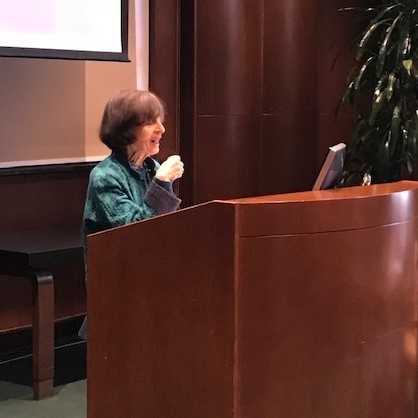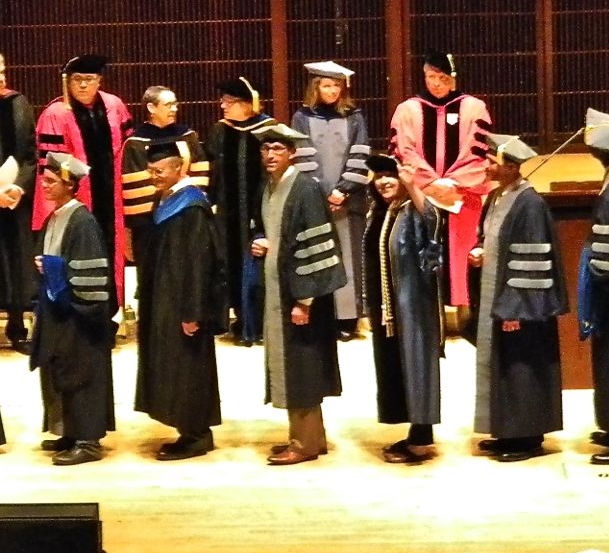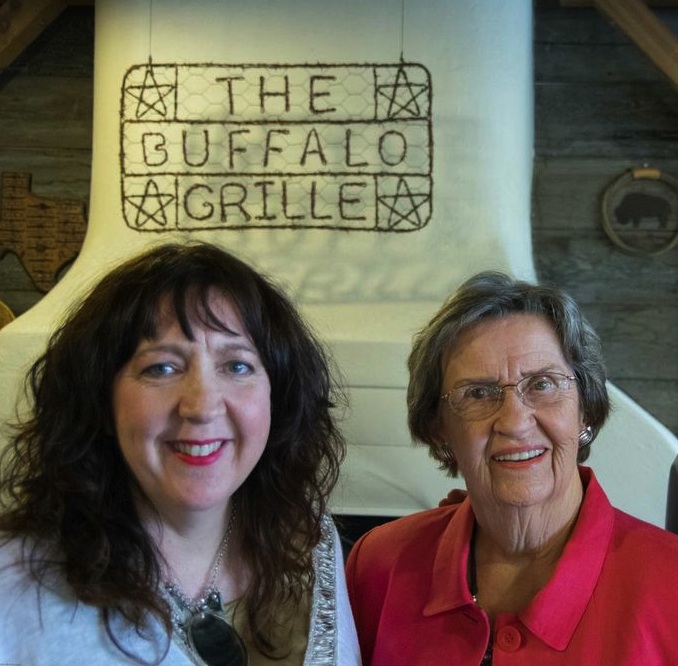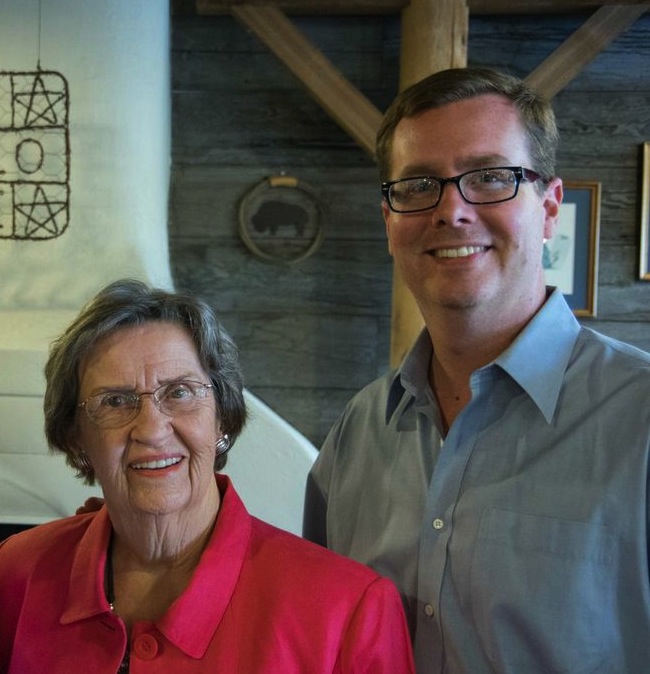After last week, we now know that there are more questions that need to be answered about the Jesus' Wife fragment before we can assess it fully. At least there are for me.
This is not surprising since it is a new find and it takes time to work out all the facts and details. The scientific analyses are just being made public, as are the first historical examinations of the fragment on the Harvard website HERE. We know that it is written on authentic ancient papyrus from the seventh or eighth centuries and that its ink appears to be lamp black, also ancient.
I have kept a low profile on my blog about this fragment because I do not think that the blog is the best venue to vet manuscript finds like this. Why? Because the distribution of knowledge happens too quickly on blogs, before we have had time to really sort through everything, test our hypotheses, ask more questions that our hypotheses raise, and change them as necessary. People make fast claims to be the first like a "news flash", sometimes very bold and sensational, and then, because blog posts are public, reputations end up on the line. So it becomes personal very fast. And this can crowd out the truth which most often is slow in coming after a long process of reflection and revising.
In terms of this fragment, I don't have a dog in the fight. Whether it is an authentic ancient document (or not) is not really too important to me since the fragment does not reveal anything to us that we didn't already know. We knew that Jesus and Mary were lovers and spousal partners in the minds of some people in antiquity because we find this referenced in the Gospel of Philip and Valentinian Gnostic mythology.
Recently there have been claims made that the fragment is definitively a forgery because it belongs to a cache that contains also a fragment of the Gospel of John. This Johannine fragment appears to be a modern forgery because the way its line breaks were copied reflects the line breaks in a modern critical edition by Thompson. This argument is bolstered by the claim that the inks and handwriting are the same on the Jesus' wife fragment and the John fragment, and that both are written in a Coptic dialect that ceased in the sixth century. Our fragments are written on papyrus from the seventh or eighth centuries by their carbon date.
So I have some questions.
1. The analysis I read on the Harvard website that compared the Johannine fragment with the Jesus' Wife fragment says explicitly that "the ink or inks used in GJW are similar to, but distinct from, the ink used for the Gospel of John manuscript" (HTR p. 164). So the ink is not the same on both documents as some bloggers have been claiming. So what does different inks mean?
2. As for the handwriting, I cannot find any paleographic analysis that compares the Jesus' Wife fragment with the John fragment. Because I am not a paleographic expert, I don't know if it is the same hand or not. Have I missed a published report on this? And if it were the same hand, does this have to mean that the Jesus' Wife fragment is a forgery? We have plenty of examples of archives copied by the same scribe.
3. I have questions about the Gospel of John fragment. Aren't the line breaks found in Thompson's edition also the line breaks on the actual manuscript pages? I don't know the answer to this because I haven't had time to find photos of the manuscript itself. Does anyone know? If it is, then could we have someone copying from the ancient manuscript itself? And if so, couldn't the copy have been made anytime from antiquity to the present? And which way did the copying go? Which manuscript of John was the first one? The fragment pictured above? Or the manuscript transcribed in Thompson's critical edition? Do we have any other examples of manuscript copies from antiquity that have same line breaks? I know that it is unusual, but is it unique?
4. The John fragment is not an exact copy of the manuscript found in Thompson's critical edition. The preposition EBOL is found instead of ABAL. What does this difference mean?
5. The blogs also make reference to the dialect, arguing that since the dialect died out by the fifth or sixth century, it shouldn't be found on seventh or eighth century papyrus. Thus it is a modern forgery. Let's think about this. Here we are talking subakhmimic which is quite common, especially in fourth and fifth century Coptic materials. How might subakhimimic text end up on seventh or eighth century papyri? It got copied from a fourth or fifth century document in the seventh or eighth century. This says nothing about it being a modern forgery. It just says it probably wasn't originally composed in the seventh or eighth centuries, but may reflect a copy of something earlier.
6. Have all the documents in the collection (I keep seeing references to six) been analyzed? Are they related in any ways other than the fact that they were collected or sold together? How are the hands related? The ink? The papyrus? Where exactly did this collection come from? I am still very unclear about its history, so I would like to be enlightened with some facts about the collection itself.
I sincerely apologize if I have gotten the facts wrong here, but because there is so much information distributed via blogs and web, I am having a difficult time sorting out fact from fiction.































































































